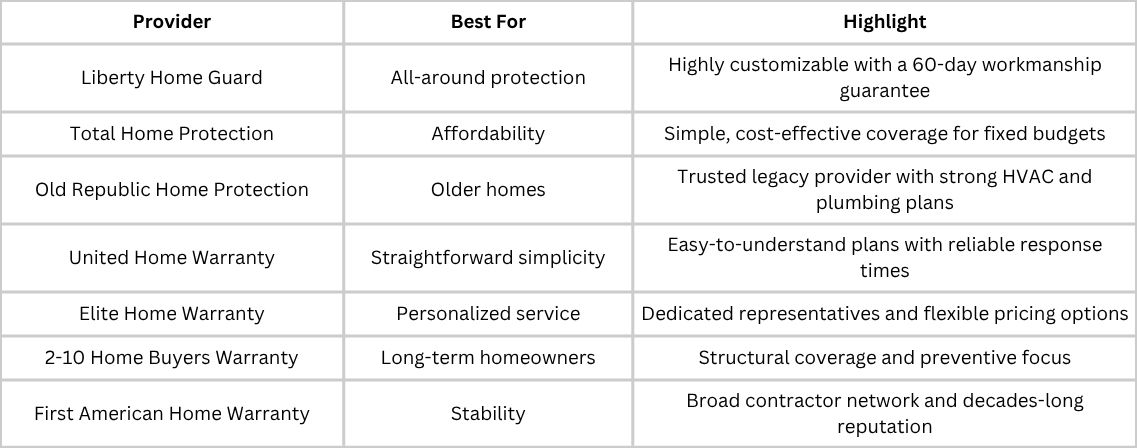This story was originally published on CX Dive. To receive daily news and insights, subscribe to our free daily CX Dive newsletter.
Customer satisfaction with retail stores hits a low point between 6 p.m. and 8 p.m. daily, according to a study released Tuesday by HappyOrNot. At those hours, the average global satisfaction score falls to 90%, compared to its height of 95.9% between 7 a.m. and 8 a.m.
In-store congestion and customers fatigued from the work day weigh on satisfaction in the early evening hours, according to the research. HappyOrNot, which collects data from customers through in-store terminals where they can rate the experience on a four-point scale, examined 57 million customer feedback responses globally and calculated satisfaction scores as weighted averages.
Sundays earn the lowest daily customer satisfaction score at 90.2%. The peak days for customer satisfaction are Tuesday and Wednesday, which each earn a score of 92.4%.
Elevating CX during hours that typically see lower satisfaction is a matter of getting the store strategy right all day and all week, according to Tim Waterton, chief revenue officer at HappyOrNot.
“If you lose the battle at 6 to 8 p.m. in a fast-moving retail environment, you probably lost that battle in the period of 2 to 4 p.m. and 12 to 2 p.m.,” Waterton told CX Dive.
Retailers often run small crews during the slower hours, which can limit associates’ ability to replenish shelves, according to Waterton. This leads to reduced product availability by late afternoon, and the frustration with out-of-stock products compounds with elevated foot traffic to create a stressful experience for customers who just want to buy something and go home for dinner.
Even a well-staffed store can fall short on CX during off hours. Store operations are dynamic, and having the right people handling the right jobs can mean the difference between great and mediocre experiences throughout the day.
“If between 2 and 4 p.m. you’ve got four people sitting in checkout lanes actually not really doing too much — having actually no lines or no wait there at all and you’re not addressing replenishment — that’s when you lose the battle,” Waterton said.
Determining the right associate to customer ratio for a given period is a job for data, according to Waterton. This information is valuable for store operations managers, who can use it as a starting point, then dynamically reassign staff as needed to optimize the customer experience.
Story Continues
























